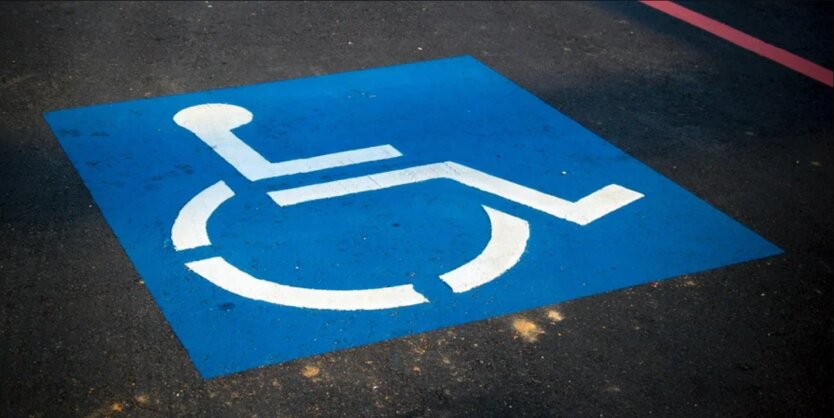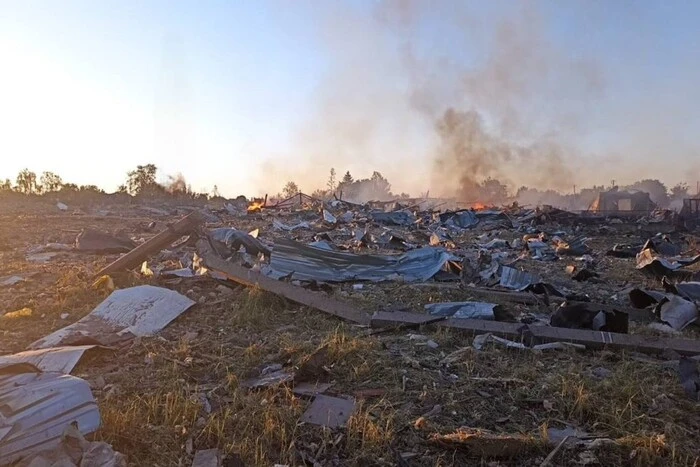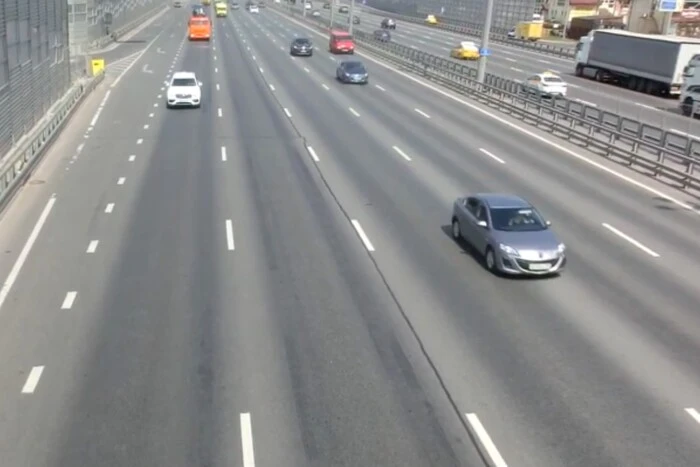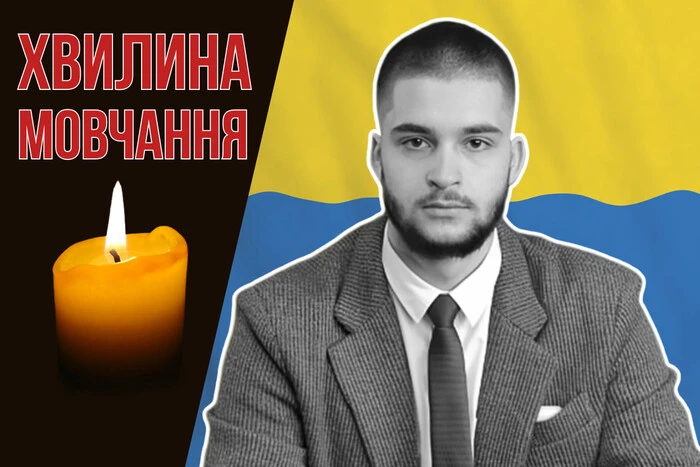September 14 – Exaltation of the Holy Cross: main omens, traditions, and prohibitions.

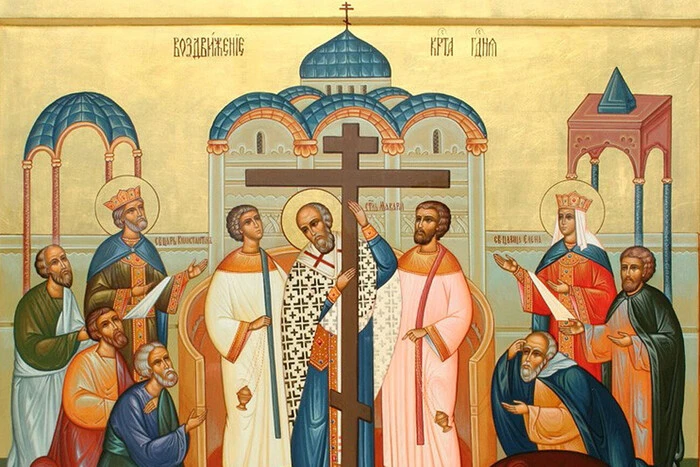
This Saturday, September 14, believers of the Eastern rite celebrate the Exaltation of the Holy Cross. Before the switch to the new calendar, Ukrainians celebrated this event on September 27.
The people also call this holiday Zdvyzhennia. In ancient times, our ancestors believed that from this day the earth moves towards the winter period, birds fly to warmer lands, animals prepare for hibernation, leaves turn yellow and die off until the next spring season.
History of the Exaltation of the Holy Cross
The history of the Exaltation of the Holy Cross dates back to the 4th century, during the reign of Emperor Constantine the Great and his mother, Equal-to-the-Apostles Helena. During that period, Christianity was declared by the emperor as the state religion, and his mother, Queen Helena, went in search of the Cross on which Jesus was crucified. In 326, she discovered the Cross in a cave near Jerusalem.
The Cross was discovered by the mother of Emperor Constantine the Great, Helena, when she arrived in Palestine. After excavations, the cave of the Holy Sepulchre was found, and nearby - three crosses. Near one of them, according to legends, a woman recovered from illness, and a dead man was resurrected after touching the cross. After this, and it was determined that this was the very Cross on which the Saviour was crucified.
In response to this discovery, Christians went to this place, and the Jerusalem Patriarch Macarius along with other high-ranking persons built a shrine so that all believers could come and see this holy object. This is how the name of the holiday originated – the Exaltation of the Cross.
After this, Queen Helena divided the Cross into two parts: one remained in Jerusalem, and the other, with two nails, was sent to her son - the emperor. During her journey back, the queen stopped at every place where Christ had been, thus founding over 80 churches.
The Holy Cross continued to be divided; however, in 1187 the piece kept in Jerusalem was lost after the defeat of the crusaders by the Muslims. According to legend, the Cross was buried to save it, but has not yet been found. As for the part of the Cross that remained in Constantinople, it was stolen by the crusaders in 1204. Today, fragments of this part are found in various churches throughout Europe.
Omens for the Exaltation of the Holy Cross
- Sudden cold snap – expect an early spring;
- Morning frosts – early winter arrival, warm and clear weather means the cold will not come soon;
- North wind blowing – next summer will be hot, and west wind – bad weather;
- Migratory birds not seen anymore – expect severe frosts in winter;
- Cranes just started flying south, not in a hurry, and calling loudly – autumn will be warm.
Prohibitions on the Exaltation
- On this day, it is customary to observe a strict fast, as it reminds of Christ's suffering and death: meat, eggs, and dairy products should not be eaten.
- On the holiday of the Exaltation of the Holy Cross, people tried not to start any important tasks: according to belief, everything started will be in vain and unsuccessful.
- They were also afraid to embark on long journeys. It was believed that on this day you might end up somewhere unexpected.
- On the Exaltation, it was forbidden to walk in nature, go to the forest, or near water bodies. It was said that snakes are especially active at this Time, preparing for winter and gathering in large groups.
Read also
- In which regions are there the most illegal logging: statistics
- In Ukraine, the list of individuals who can obtain war disability status has been expanded
- Explosion in Zhytomyr Region: Number of Victims Increased to 82 People
- Zhytomyr region: traffic on the Kyiv-Chop road fully restored
- Explosion in Zhytomyr Region: 735 Homes Left Without Electricity (Photo)
- A student of Taras Shevchenko National University has died at the front. Let us remember Vadym Pakhomov


